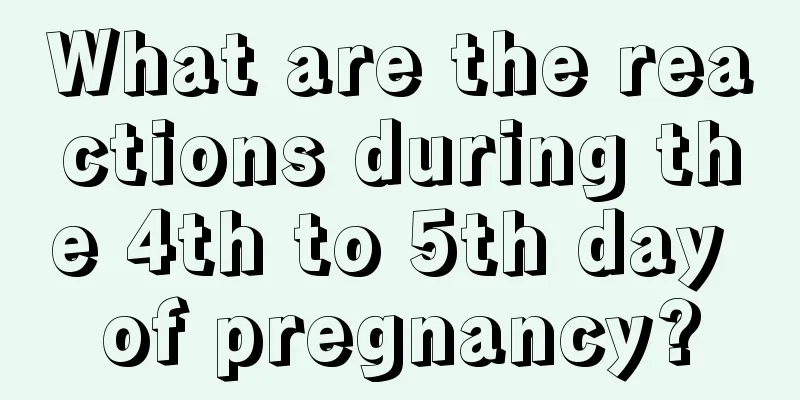Pulmonary hypertension ≠ high blood pressure! Pay attention to "blue lips" and diagnose and treat them early!

|
May 5 World Pulmonary Hypertension Day As a rare disease, the prevalence of pulmonary hypertension is only 6 in 1 million. It is a life-threatening disease caused by a variety of reasons, which leads to malignant increase in pulmonary vascular resistance, pulmonary vascular remodeling, and gradually develops into right heart failure and death. It can be an independent disease or a complication or syndrome of other diseases. Many people are confused about pulmonary hypertension and hypertension. What is the difference between them? Different sites of disease onset <br /> The movement of blood throughout the body is called systemic circulation. The movement and exchange of blood throughout the body in the lungs is called pulmonary circulation. The heart has two arteries that pump blood out, the one that pumps blood to the whole body is called the aorta, and the one that pumps blood to the lungs is called the pulmonary artery. Different clinical manifestations . Hypertension is usually manifested by headache, dizziness, chest tightness, chest pain, irritability, and in severe cases, fundus hemorrhage or cerebral infarction and cerebral hemorrhage. Pulmonary hypertension is generally manifested by dyspnea, cough, hoarseness, fatigue, chest pain, and even hemoptysis and general edema, which can be easily confused with other respiratory diseases. Pulmonary hypertension can cause patients to lack oxygen, making their lips appear dark purple or bluish purple, so "blue lips" is also a nickname for patients with pulmonary hypertension. At this time, you must go to a professional medical institution for investigation. Different causes of hypertension are generally believed to be related to high-salt diet, obesity, irregular work and rest, smoking and genetic factors. The cause of pulmonary hypertension is more complicated and unclear. It may be related to lung disease, left heart disease or heart valve disease, connective tissue disease, blood system disease, pulmonary embolism, congenital heart disease, tumor or genetic factors. It is clinically divided into five categories: (1) arterial pulmonary hypertension; (2) pulmonary hypertension caused by left heart disease; (3) pulmonary hypertension caused by lung disease or hypoxia; (4) chronic thromboembolic pulmonary hypertension, or pulmonary hypertension caused by other pulmonary artery obstructive lesions; (5) pulmonary hypertension caused by unknown causes or multiple factors, such as blood system diseases, systemic and metabolic diseases or other factors. Treatment of different hypertension is mainly based on 5 types of first-line drug treatment, including angiotensin converting enzyme inhibitors (prils, such as captopril), angiotensin II receptor antagonists (sartans, such as irbesartan), calcium channel blockers (dipines, such as amlodipine), diuretics (such as hydrochlorothiazide, spironolactone), beta-blockers (lol, such as metoprolol, bisoprolol). The drug treatment of pulmonary hypertension is very different. Some antihypertensive drugs, such as diuretics and calcium channel blockers, may have a certain effect on some simple symptoms of pulmonary hypertension such as edema and dyspnea, but they only treat the symptoms and not the root cause. Therefore, they cannot be used simply by themselves, so as not to delay or even aggravate the condition! Be sure to go to a professional medical institution for a comprehensive examination, determine the cause and disease classification, and then conduct systematic treatment, including non-drug treatment and drug treatment. Specific drugs include: (1) endothelin receptor antagonists, such as bosentan, ambrisentan, macitentan, etc.; (2) type 5 phosphodiesterase inhibitors, such as sildenafil, vardenafil, etc.; (3) soluble guanylate cyclase agonists, such as riociguat, etc.; (4) prostacyclin analogs and prostacyclin receptor agonists, such as epoprostenol, treprostinil, selexipag, etc. Patients cannot choose them on their own and must use them according to the doctor's instructions. |
<<: Several misunderstandings about tumor immunotherapy that you must understand
>>: Beware! Does this mean you have stomach cancer? Pay attention to these situations!
Recommend
What should women eat to prevent dark circles under their eyes? These foods are recommended
Due to various complex reasons, women are prone t...
How long does it take to recover from rectus abdominis separation after childbirth?
When pregnant women reach the late stage of pregn...
A woman dreams of being bitten by a snake
Some people often dream of being bitten by snakes...
Breast eczema during lactation
Breast eczema is a very special skin disease that...
eMarketer: WeChat’s diverse and powerful functions attract many users to use it frequently
199IT original compilation When Tencent launched ...
Pregnancy 50 days, spotting, is it a boy?
Red is really an unexpected color. Generally, red...
Symptoms of urinary tract infection in women
The special structure of women's urethral ope...
Treatment for missed menstruation
Many of us may not know much about the disease of...
The pain of cesarean section is unimaginable? How to turn over and get out of bed?
Author: Yang Jie, deputy chief nurse, Beijing Fri...
What causes nipple pain during pregnancy
Women's breasts play a huge role immediately ...
Can unobstructed fallopian tubes lead to ectopic pregnancy?
There is no necessary connection between the pate...
Correct posture for pregnant women to use moxa sticks
Moxibustion is a health-preserving method in trad...
Diet before Down syndrome screening
Down syndrome screening is a test that women must...
Causes of hip pain in women
In daily life, many women will find that they som...
Brown color after miscarriage
Everyone knows that abortion can cause great harm...









